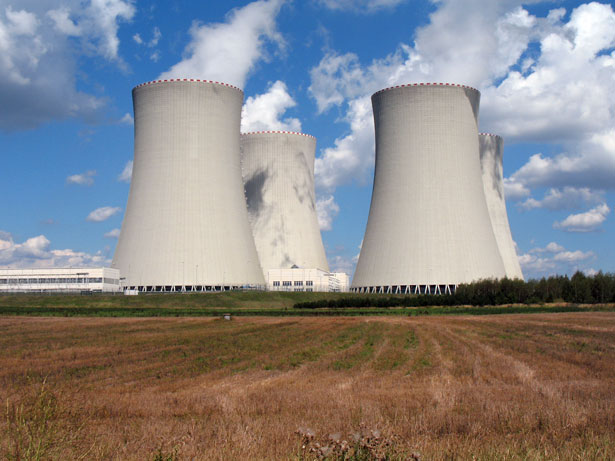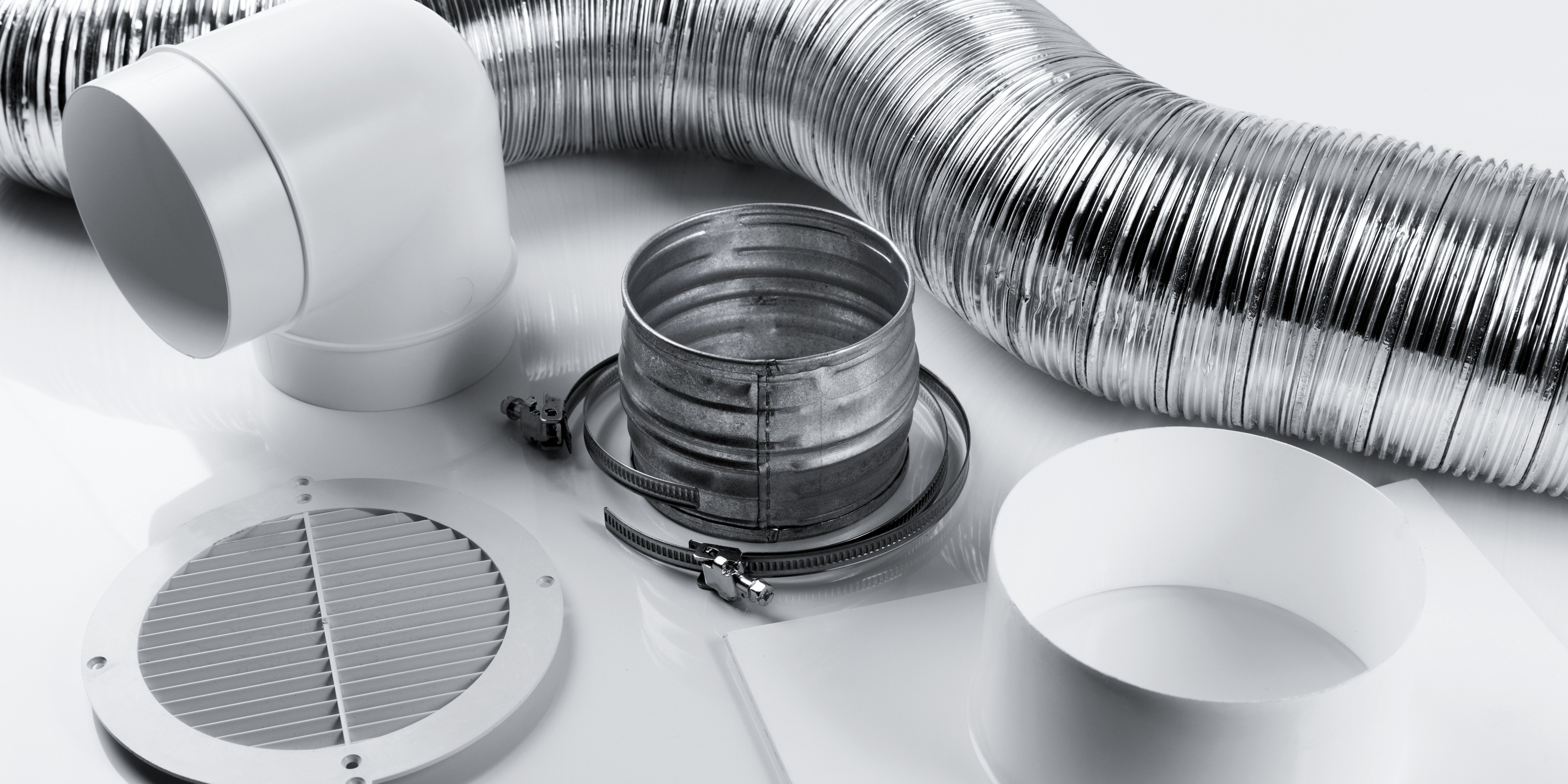
Excusing the oxymoron, cooling towers can be a hotbed for legionella bacteria, should the conditions prove fruitful for breeding. The simple reason for this is because cooling towers are typically heated courtesy of a heat exchange. And legionella bacteria have a tendency to quickly gravitate towards heat sources; thus cooling towers enable an ideal environment.
Falling under the general umbrella of ‘evaporative cooling systems’, such installations traditionally comprise of a cooling tower, evaporative condenser (or another cooling element), the re-circulating pipe work, the heat exchanger, pumps and ancillary items (including supply tanks and pre-treatment equipment).
In terms of just which water storage/distribution facilities are more susceptible to harvesting conditions rife for the spread of legionella, they are both expansive and increasingly varied these days. Away from industrial-spec cooling towers (the sort observed in factories, offices, hospitals, care homes and a host of public buildings – although in reality, anywhere where potable water is used for drinking and/or showering) outbreaks of the potentially deadly legionella have been linked to more contemporary outlets; for example hot tubs and decorative fountains.
Essentially, anywhere untreated (or under-treated) water is exposed to an acknowledged rise in temperature – and therein vulnerable to subsequently becoming aerosolized – then the threat from legionella remains a danger. With particular reference to cooling towers, and such assemblages remain a constant source of concern with regards to public health and safety, on the basis that they often sustain pools of warm water which are privy to atmospheric change; ultimately offering a welcoming surround to the legionella bacteria. The diffusing of accumulated heat and evaporated water from the upper reaches of a cooling tower’s structure has a recurrent habit of manifesting in the form of a fine mist; which might well harbour harmful microorganisms created by the circulating air and water mix.
How Do You Counter the Potential Legionella Risk Associated with Cooling Towers?
Of course, routine cleaning, disinfection and maintenance protocols and practices can dramatically reduce the possibility for legionella to take hold in cooling towers of all descriptions; while it’s also considered prudent to avoid positioning said equipment in close physical proximity to either air intakes or opening windows. The latter ensuring that any vapours released won’t be afforded an easy route into the more mainstream (and thereafter, minimising human contact).
Experts suggest that ‘good engineering’ is key to stifling the advance of legionella within a cooling tower set-up, together with adopting mindful water treatment practices throughout the lifecycle of the installation. Dual biocide treatment programmes are widely talked about and regarded, whereby the timely introduction of oxidizing and non-oxidizing biocide treatments to all metal surface areas are deemed hugely beneficial to the bacteria-deterring cause.
Meanwhile, at the very least twice-yearly inspections and clean downs of cooling towers should be undertaken in an ideal world, so as to address (and remove) any build-up of algae or scale inside the water storage tanks and associated pipework. Although monthly inspections might well be advised in certain scenarios, as the best way to progress. It’s also in the best interests of all parties to replace any corroded components (drift eliminators, being just one example) discovered as part and parcel of the inspection, then and there. The existence of algae or scale in the cooling tower, nearly always points toward a haphazard approach to water treatment responsibilities; and can be the precursor to worse things to come should this early warning sign be overlooked.
Examining individual methodology, and according to those with valuable experience in this field, cooling tower set-ups which don’t create mists and aerosols (and instead pump water to distribution trays which promote cascading water as opposed to the vapour indicative of pressurised distribution), are far less inclined to cause far-reaching bacterial population. Basically achieved by the reduction of water dissemination at the outlet/point of contact.
As ever though, and with any leading question which ask how legionella should be controlled from the outset, risk assessment is the critical first port of call. The completion of a comprehensive, industry and government-legislated assessment is paramount to establish the existing state of play; and from which a plan of action thereafter can be thrashed out between all parties.
And Should You Choose to Avoid Safeguarding Cooling Towers from the Threat of Legionella?
Certainly not advisable, given the punishments justifiably metered out for shirking of corporate duties and therein risking public health. And should anyone need evidence of just how seriously this subject is being treated, look no further than the high profile case of the Derbyshire engineering company which received an £190k fine and accused of ‘gross complacency’, after being found guilty by a court of law of failing to manage legionella risks. Back in 2012 a HSE inspector visited Chromalloy UK’s Somercotes site (in light of a RIDDOR report which raised concerns at the time), and found that seven of the plant’s cooling towers were showing signs of severe corrosion; along with a further two evaporative condensers.
And of course, even more recently (and even more high profile for that matter), there was the cooling towers incident at Disneyland in California. Where some 9 visitors to one of the world’s most popular tourist attractions fell victim to the symptoms of Legionnaires’ disease. In the event two cooling towers were quickly identified as being the cause, and were immediately shut down and subjected to chemical treatments.








